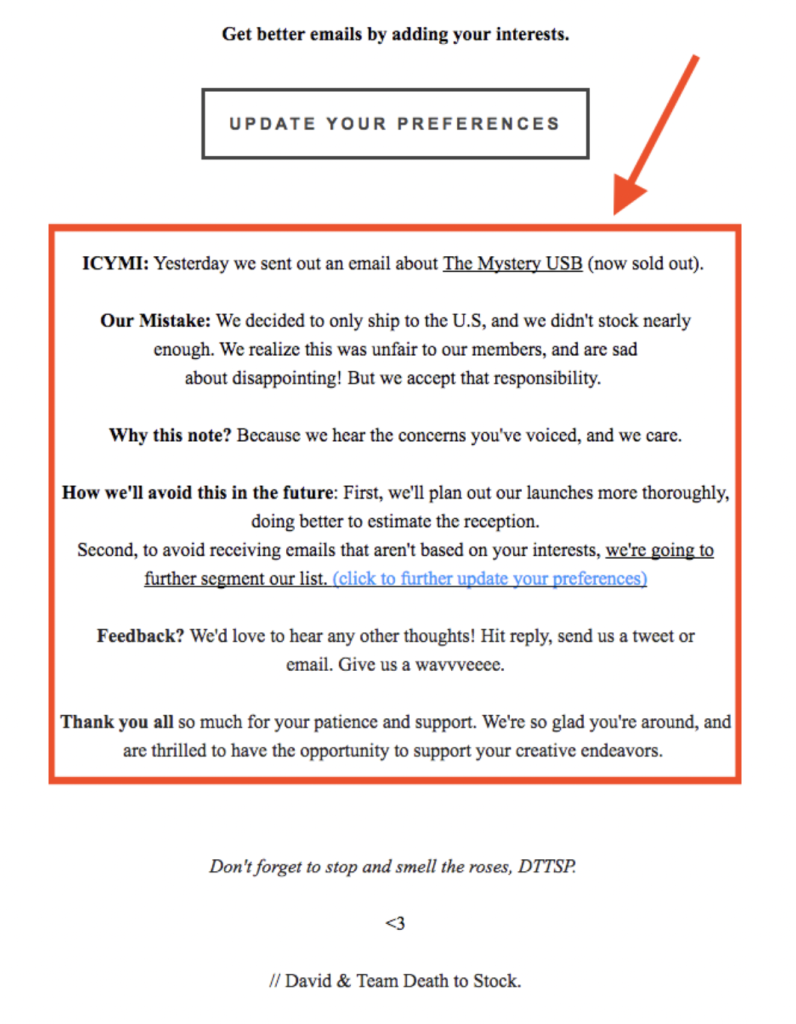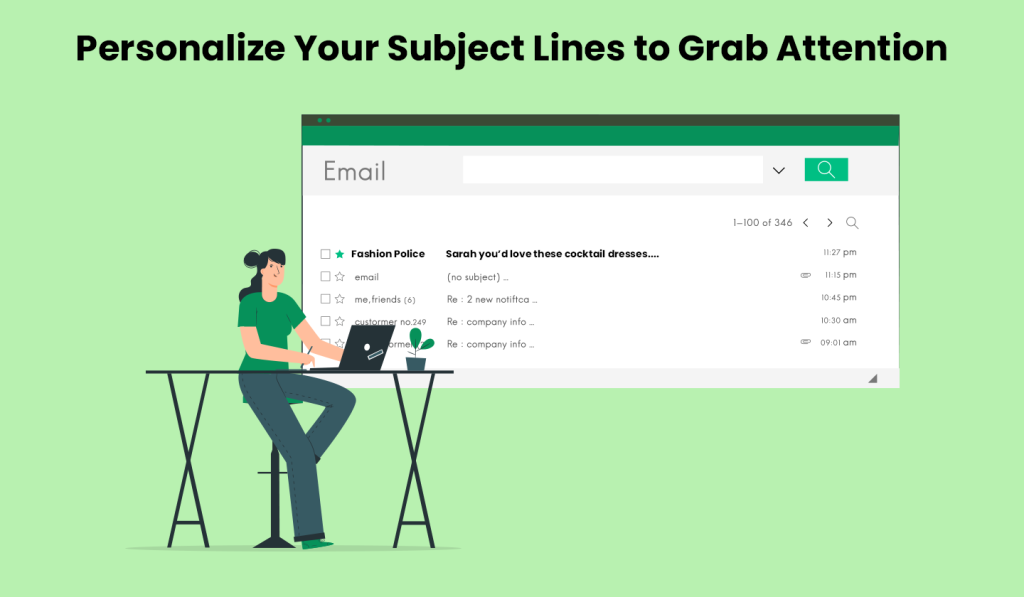07 Apr

Email copywriting is an art form that requires careful consideration of the recipient’s attention span, the purpose of the email, and the desired action. It is an essential component of email marketing, which is a powerful tool to reach out to your target audience and engage with them. The success of your email marketing campaign depends on various factors, including the length of your email copy.
The question of how long should an email copy be is one that has been debated by marketers for years. Whether you’re promoting a new product, sharing company updates, or offering exclusive discounts, the length of your email copy can greatly impact its effectiveness. There’s no hard and fast rule on this question as the optimal length of an email will depend on several factors, including your target audience, the purpose of the email, and the type of content you’re sharing.
So how long should it be, really? Here are some general guidelines you can follow to help you write the perfect email copy, length and all:

Keep it Short and Sweet
One of the key principles of email marketing is to get straight to the point. People in today’s fast-paced world are busy, and they don’t want to read long, drawn-out emails. They want to get the information they need quickly. This is especially true for emails sent to mobile devices, where the average attention span is even shorter.
Keep your email copy concise and easy to digest by focusing on the most important information first. A recent study by Email on Acid found that the optimal length of an email is between 50 and 125 words. This length is sufficient to convey your message and call to action effectively, without overwhelming your readers.
However, there are exceptions to this rule. For example, a newsletter that provides valuable information and resources to subscribers may need to be longer to effectively convey all the information. Similarly, an email that makes a strong sales pitch or introduces a new product or service may need to be longer to persuade the recipient to take action.
Know Your Audience
The content of your email copy should be relevant to your target audience. Different audiences will have different attention spans and preferences. For example, older generations may prefer longer emails with more detail, while younger generations may prefer shorter, more visually-appealing emails.
If you have a lot of information to share, consider breaking it up into multiple emails or a series of emails. This way, you can ensure that each email is focused and relevant to your audience.

Personalize Your Emails
Personalized emails tend to perform better than generic ones. By including the recipient’s name in the email and addressing specific needs and interests, you can create a more engaging and personalized experience for your audience.
Keep Your Email Scannable
People tend to scan emails rather than read them thoroughly, so it is essential to make your email scannable. Use short paragraphs, bullet points, subheadings and bold text to break up and make your email copy easier for your audience to scan for relevant information.
Visuals can help to break up long blocks of text and make your email more appealing to the reader. Consider including images, videos, and infographics in your email to help convey your message more effectively.
Use clear and concise language
The language you use in your email copy can also impact its effectiveness. It’s important to have a clear, concise message that your email is trying to communicate. Focus on that one main message and avoid trying to communicate too many things at once.
Avoid using industry jargon, technical terms, and overly complex sentences that may be difficult for your audience to understand. Instead, use simple, straightforward language that clearly conveys your message. This will help keep your email short and to the point.
Have a proper structure
In addition to the overall length of the email, the structure of the email can also impact its effectiveness. A well-structured email should have a clear introduction, main body, and conclusion. The introduction should grab the recipient’s attention and provide a reason for them to continue reading. The main body should provide the information or make the pitch, and the conclusion should summarize the key points and provide a call to action.
Test, test, test
The only way to know for sure what works best for your audience is to test different email lengths and formats. Try sending emails of different lengths and see how your audience responds. Use this information to refine your email copy and find the perfect length for your target audience.
In conclusion, the optimal length of your email copy depends on several factors, including your target audience, the purpose of the email, and the type of content you’re sharing. However, as a general rule, shorter is better, and emails should be focused, concise, and well-structured to increase the chances of being read and acted upon. By keeping these guidelines in mind, you can create effective email copy that achieves your goals and engages your audience.



